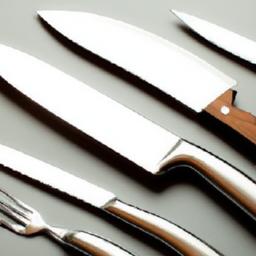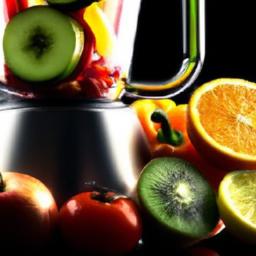
Mastering Knife Skills: The Essential Guide for Home Chefs
One of the foundational steps to elevate your culinary abilities at home is learning how to handle knives proficiently. Renowned cooking instructor Brian Adornetto emphasizes, “Every professional culinary institution begins by teaching knife techniques because consistent, precise cutting ensures even cooking.” Selecting an inappropriate knife not only hampers your efficiency but can also damage delicate ingredients, causing bruising or splitting.
Using the ideal knife enhances texture, boosts your speed and control, and promotes safety-attributes that all contribute to refining your cooking expertise.
Essential Knives for the Home Kitchen
Professional chefs often agree that home cooks don’t need an extensive, pricey knife collection to work effectively in the kitchen. Instead, investing in three to four superior knives is a smarter choice. Generally, most home kitchens function best with these four main knives:
- Chef’s Knife: Opt for the largest one you can comfortably wield, as this knife is your most versatile tool.
- Boning Knife: Designed for precise meat preparation, it’s slim and flexible for removing bones effortlessly.
- Serrated Utility or Bread Knife: Perfect for slicing crusty loaves or delicate-skinned fruits without crushing them.
- Cleaver: Ideal for chopping through bones or tougher vegetables.
Before purchasing a chef’s knife, ensure it fits securely and comfortably in your hand to reduce fatigue and increase precision. Prioritize quality over price-cheap knives tend to lose their edge rapidly, forcing you to exert more pressure and risking accidental cuts. According to recent safety data, kitchen injuries spike when dull instruments are used due to the increased force required.
If you frequently conduct specialized tasks, such as peeling or carving, it may be worthwhile to acquire knives tailored for those purposes, like paring or carving knives. Don’t forget to maintain your blades with a reliable sharpener to guarantee safety and performance over time.
Comparing Knife Materials: Carbon Steel vs. Stainless Steel
Knives are crafted from diverse metals, primarily high-carbon steel and premium stainless steel. High-carbon steel knives are typically less expensive and offer excellent sharpness initially but are more vulnerable to rust and require diligent maintenance. Conversely, high-grade stainless steel blades retain their sharpness longer, resist corrosion, and generally command a higher price-often upwards of $100 per piece.
Beware of low-quality stainless steel knives that dull quickly and can undermine your cooking experience. Research shows that investing in quality materials extends the lifespan of your tools and ensures consistent performance.
Proper Knife Storage for Longevity and Safety
Storing knives carelessly in drawers can cause them to clash against each other, dulling their edges prematurely. Professional chefs typically prefer magnetic strips mounted on walls or sturdy wooden knife blocks placed within arm’s reach of the prep area. These storage solutions protect blade sharpness while allowing quick accessibility.
Overall, having the right knife arsenal is indispensable for any serious cook. Selecting knives that suit your style and needs simplifies your kitchen workflow. Investing in high-quality knives isn’t just about immediate convenience; these tools can last a lifetime with proper care and can be sharpened in under a minute using efficient methods, as detailed in our electric knife sharpener review.




